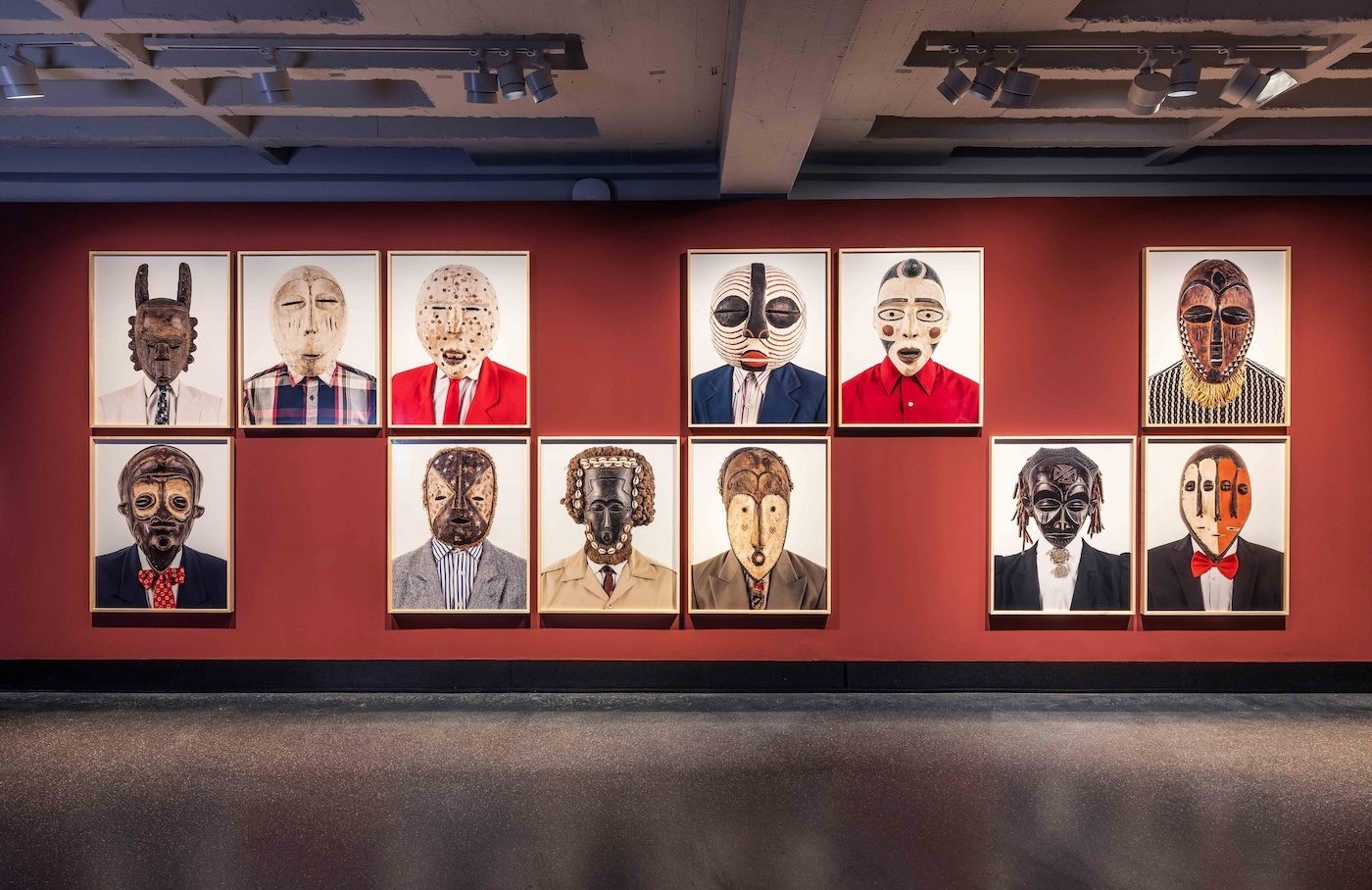Laboratoire Kontempo Embraces the Art of Conflict
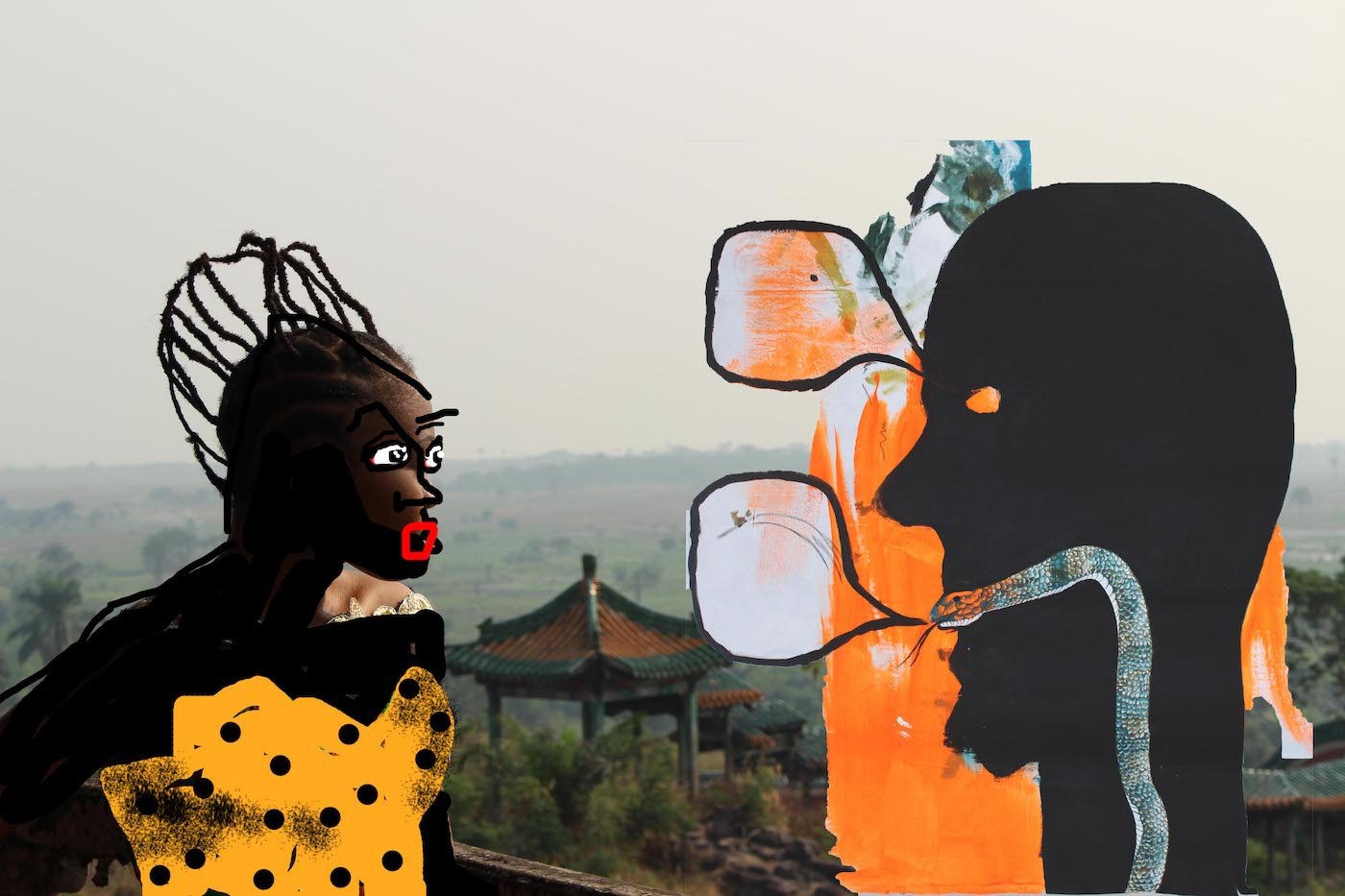
12 July 2022
Magazine C& Magazine
Words Enos Nyamor
7 min read
The founders of the Kinshasa based art project speak about artistic complexities and concepts of the foreign.
Contemporary And: In “Documentary Kinzonzi, 2021”, you describe your work atLaboratoire Kontempo as a response to post-colonial structures and misrepresentations of cultural narratives from Africa. What is the extent to which conversations of post-colonialism could also give way to post-nationalist narratives? Christ Mukenge: My work as an artist is separate from my nationality. If we talk about art, we shouldn't limit ourselves to geographical origin or nationality. I observe that, on an international level, artists of Kinshasa, like myself, are either represented as African artists or Congolese artists. And we're supposed to represent our cultures. This limits the freedom of expression and leads us very often to take up clichés and stereotypes that are projected on the idea of an African or Congolese culture, which is already fictitious because there is a multiplicity of traditions, habits, influences, artistic expressions. [cand-gallery image-no=3] C&: Your work in Kinshasa could be perceived as interventional gestures in a space undergoing a perpetual peace process. Is there an aspect of your activities that, explicitly or indirectly, is in conversations with Congo as a region in peace processes? CM: Our artistic and collaborative activities are not of humanitarian nature; they are no longer political. They are exchange processes between artists, researchers and their public. For me, the work of an artist is not about educating or advising people or to promote certain politics. Rather, art has the capacity to show contradictions, complexities, different perspectives and this can be useful for other areas such as politics and the social spheres. It doesn’t propose solutions, it makes the structures and aspects of our societies visible. Lydia Schellhammer: For years we have seen a negative influence in the Kinshasa art scene that comes especially from Humanitarian NGOs. They instrumentalise art for their causes. When I came to Kinshasa for the first time, it was within the framework of a humanitarian NGO. I was 20 years old and I must say that I had a white savior complex. But when I started to understand more about postcolonial contexts, I felt what negative impacts such condescending attitude can impose in a space like Kinshasa. White supremacy hidden behind a facade of humanism is perhaps even more dangerous than open racism. [cand-gallery image-no=4] C&: Kinzonzi is a Kikongo term. It is a historical and precolonial symbol, but also bears futuristic potential. Do you relate to this concept? CM: The concept of Kinzonzi comes from the Kikongo language; and,yes,we relate to it. But we use the word as it is used in Kinshasa. Most of the inhabitants know it, even if the person does not speak Kikongo. So, it's a word that has become somewhat universal and very metaphorical. A word, that describes a contemporary concept of community, a community that is not based on harmony or common values, but rather on agreements, negotiations. We have seen that this concept is very useful for the formats of our local and international collaborations. LS: Often. If we talk about collaborations, people imagine exchanges in harmony and understanding, but for us it rather means exposing ourselves to conflicts and debates. Making ourselves available and letting the discourse unfold on us; that's what it means to be a lab rat. Consciously placing oneself in conflict situations to test the traces they leave. I want to know what happens to me as a human being when the great questions of our time are being tried out on me. [cand-gallery image-no=2] C&: What were the overaching creative decisions, that dominated the process for your exhibition Pool Malebo, that was recently on view in Stuttgart? Was it a new trajectory for you, artistically and personally, especially before and after your residency at Akademie Schloss Solitude? LS: We are both trained as painters but today we try to understand painting in larger contexts. A European understanding of painting meets postcolonial realities: While in the Western world painting is perceived as a classical artistic medium that has survived centuries in museums, in Kinshasa we experience painting as a temporary one. In a tropical climate and in spaces lacking certain infrastructures in the art sector, paintings can only be conserved with great difficulty or not at all over a longer period of time. The European practice of conservation is opposed by a more performative, situational approach to the material, a logic of the ephemeral and changeable. CM: For us, painting in a broader sense also means transferring our work into the digital space. In 2020 we started making experimental films and digital drawings. I have been experimenting with digital formats for a long time. But it is since the pandemic that these formats have become more important. During our residency at Schloss Solitude we developed 3D paintings from a VR Headset. For us this is a direct transfer of our analog artistic technique into the digital space. All movements with the Joystic are transmitted directly as digital traces, just like drawings on paper or paintings on canvas. Pool Malebo is a process-based project that documents this whole transfer of painting in the digital and the 3-Dimensional space we developped in the last year. [cand-gallery image-no=1] C&: Your recent film “Your Exoticism is My Daily Bread,” offers compelling views on the concepts of the foreign, on economic difficulties, and on possible disconnections between contemporary art markets and the spaces they represent. But this work also sheds light on a form of unfettered, base materialism. As evident in the symbolic manipulation in segments of the performances. Based on this film, is there room for expressive potentials that offer alternative materialist values? CM: The idea behind this film is based on an experience we had in Kinshasa, a phenomenon that I call auto-exoticization. It is mostly Europeans who have the financial means to buy art in Kinshasa. So, many of the artists partly orientate their artistic production to the needs of “expats”. That means, mostly white people who work for NGOs, international diplomatic or commercial structures and who live temporarily in Kinshasa. Many of the people, who come with prejudices and exotic fantasies also project them onto the artistic scene. At the same time, many local artists create personal non-commercial work. They undertake personal research, share a personal style and discourse that can perhaps be described as a counter-materialist value. This work is usually not known internationally, but we try to change that in the framework of Laboratoire Kontempo. [cand-gallery image-no=5] LS: These are exactly the kinds of questions that we try to ask in Laboratoire Kontempo. How to place oneself in between Kinshasa and Europe, in a sphere that is dominated by economic imbalances, which create power dynamics and show traces of colonization as well as contemporary powerstructures. How to provide spaces for creation, that stands out from these structures, without ignoring or denying them? That’s what we’re trying to find out in this phase of our work – by being lab rats.www.mukengeschellhammer.comwww.labkontempo.comEnos Nyamor is a writer and journalist from Nairobi, Kenya. He works as an independent cultural journalist, and because of his background in information systems and technology, which he studied at the United States International University, he has gained interest in new and digital media.Traduit par Gauthier Lesturgie.
Read more from
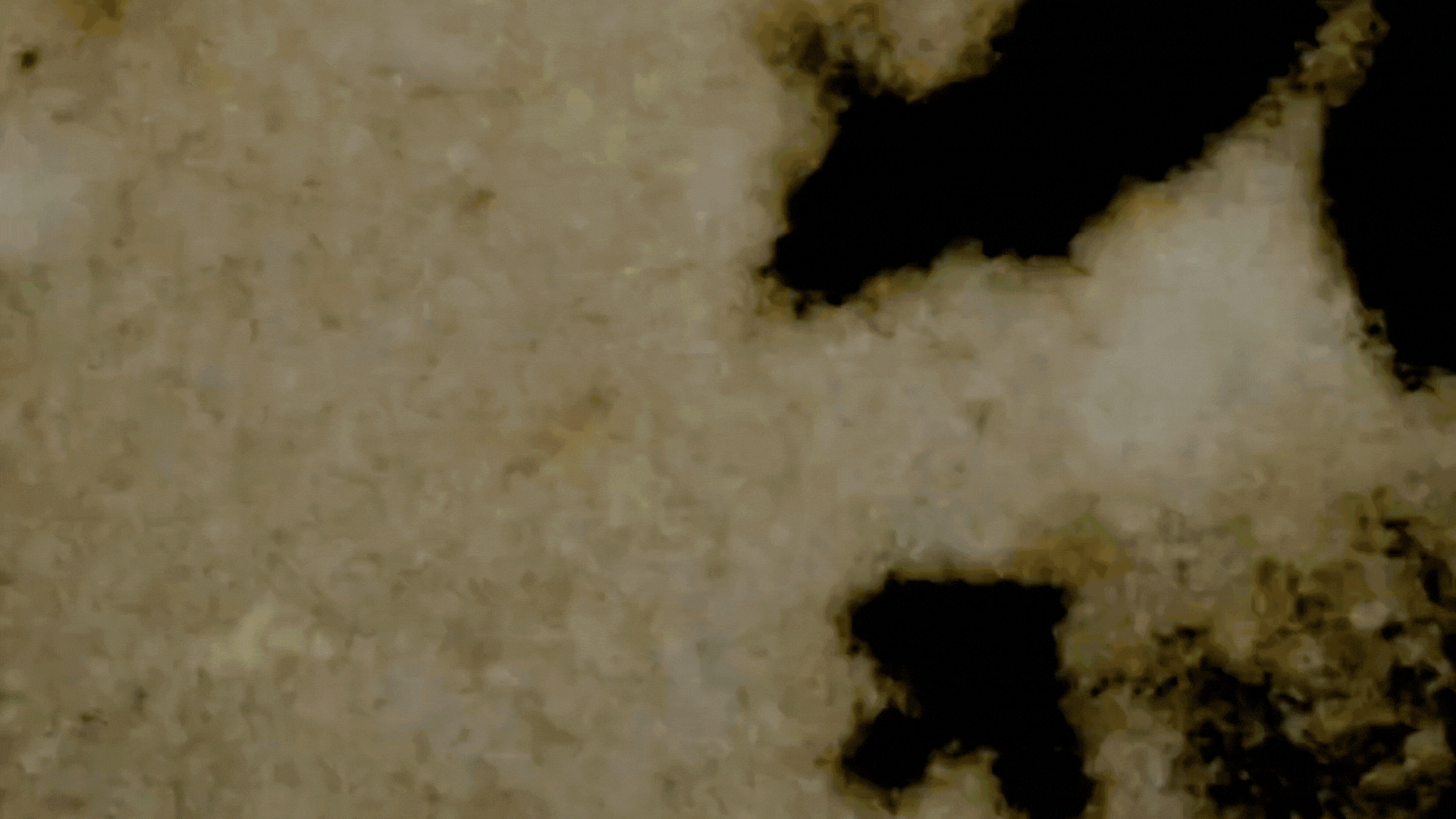
On Ghosts and The Moving Image: Edward George’s Black Atlas

Confronting the Absence of Latin America in Conversations on African Diasporic Art

On Exile, Amulets and Circadian Rhythms: Practising Data Healing across Timezones
Read more from
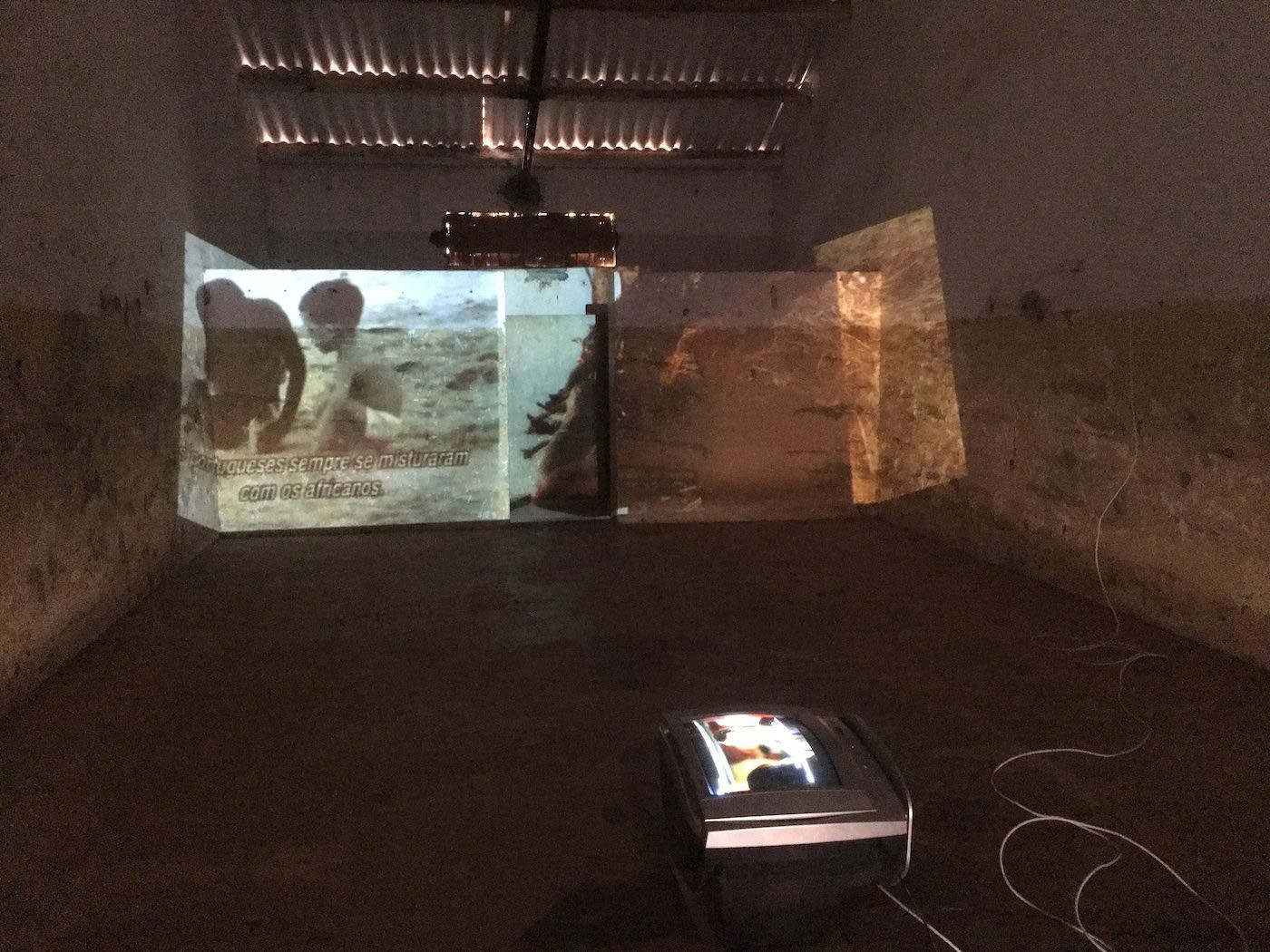
Cabo Verde’s Layered Temporalities Emerge in the Work of César Schofield Cardoso
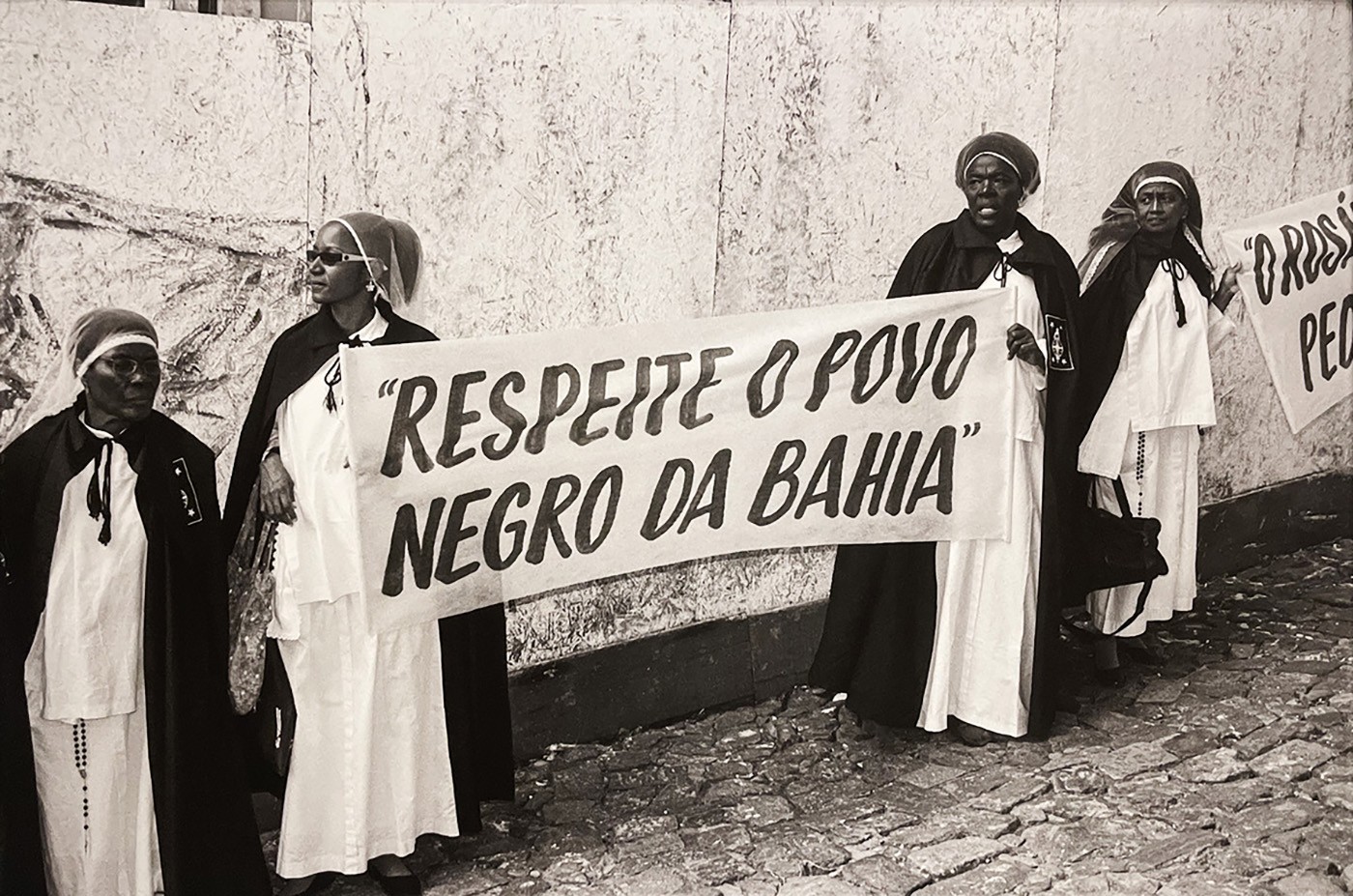
What’s Behind Decolonial Movements in Brazil?
